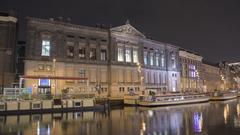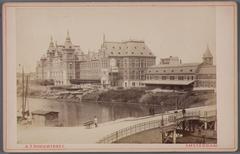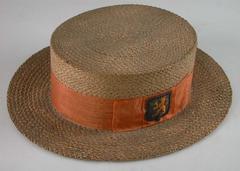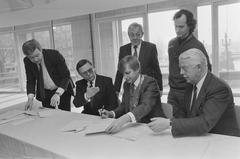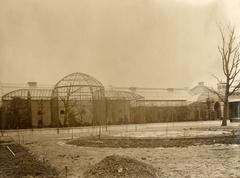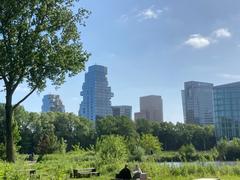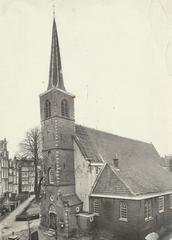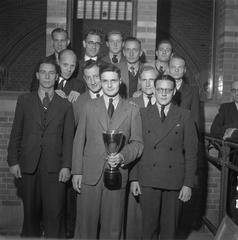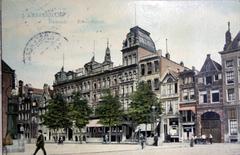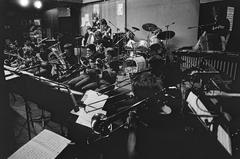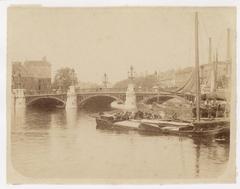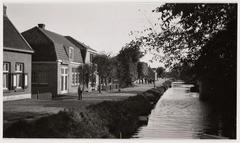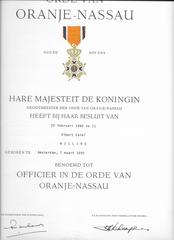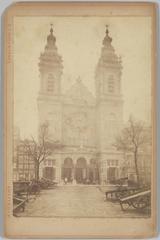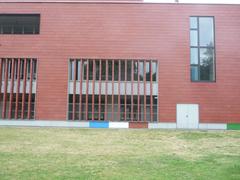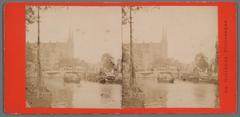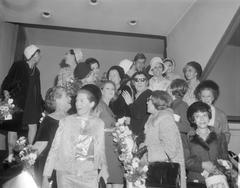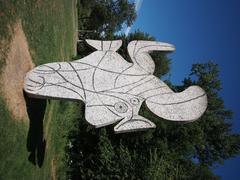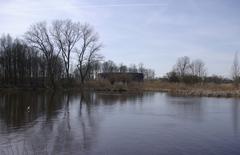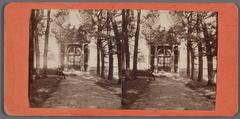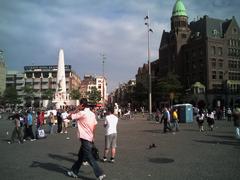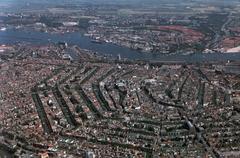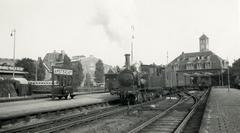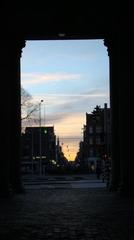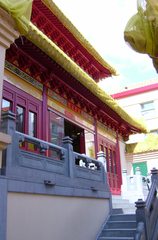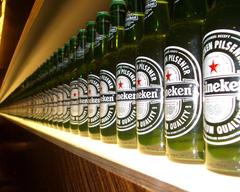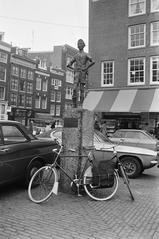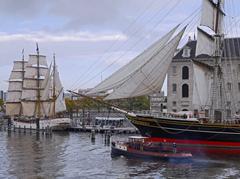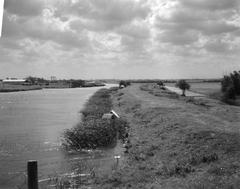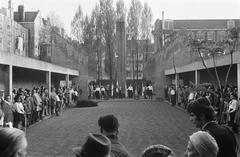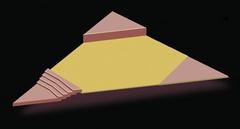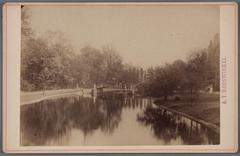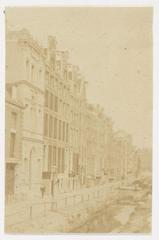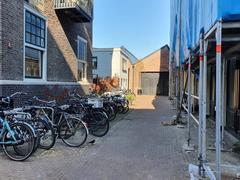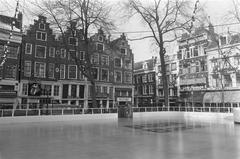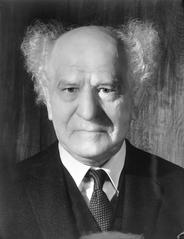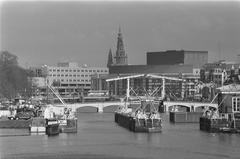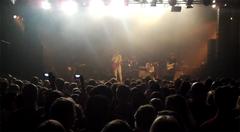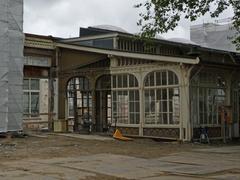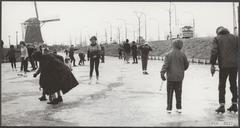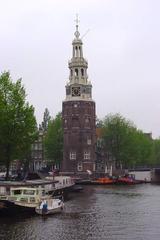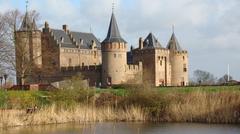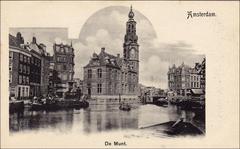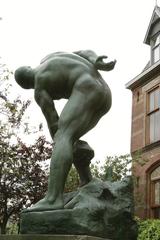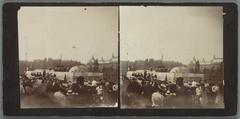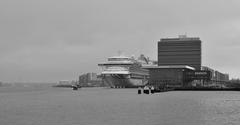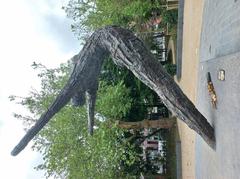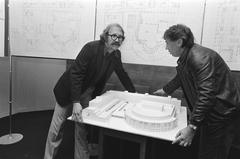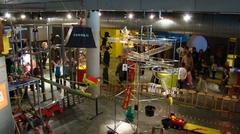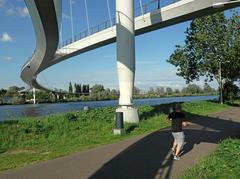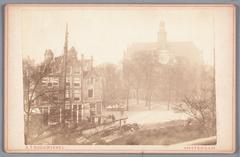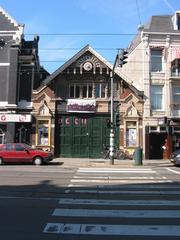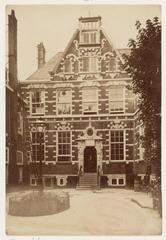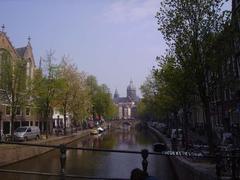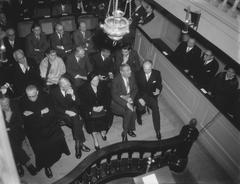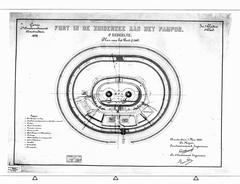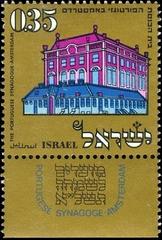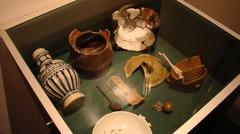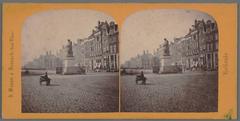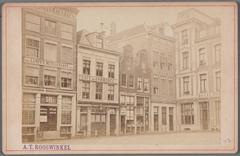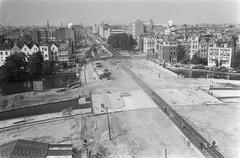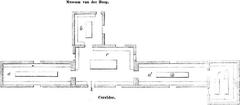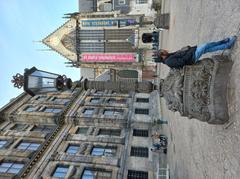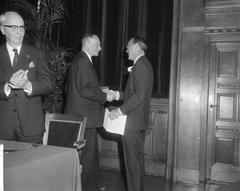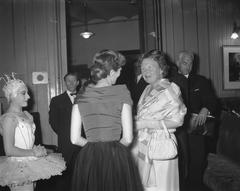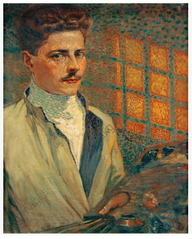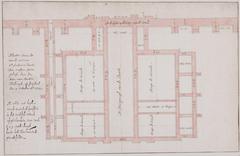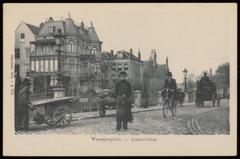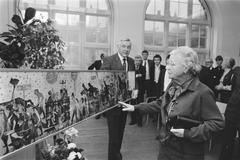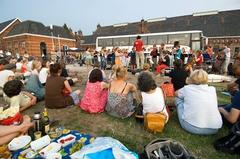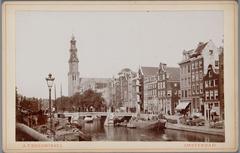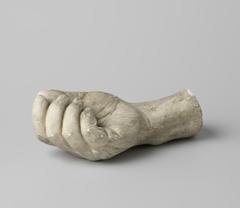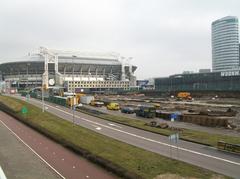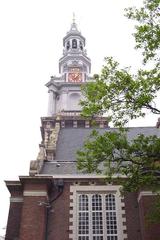
Solebayplein Amsterdam: Complete Guide to Visiting Hours, Tickets, and Historical Insights
Date: 04/07/2025
Solebayplein, found in several neighborhoods across Amsterdam—most notably Zeeburg, Nieuw-West, and Bos en Lommer—is a public square that encapsulates the city’s maritime legacy, architectural evolution, and thriving community life. Named after the historic 1672 Battle of Solebay, it serves as a living tribute to Amsterdam’s naval past and as a testament to the city’s innovative urban planning. This guide provides a comprehensive look at Solebayplein’s history, practical visitor information, accessibility, nearby attractions, and useful tips for an authentic Amsterdam experience.
Table of Contents
- Introduction: Significance of Solebayplein
- Historical Evolution and Maritime Heritage
- Key Maritime Sites: National Maritime Museum & SAIL Amsterdam
- Solebayplein Nieuw-West: Urban Design and Architecture
- Bos en Lommer: Community, Green Spaces & Multicultural Vibe
- Visitor Information: Hours, Tickets, Accessibility
- Getting There: Transport & Connectivity
- Practical Visiting Tips & Local Customs
- Nearby Attractions
- Responsible Tourism & Community Engagement
- Frequently Asked Questions (FAQs)
- Visuals & Media Resources
- Conclusion & Next Steps
- References
Introduction: The Significance of Solebayplein
Solebayplein is more than just a city square—it is a microcosm of Amsterdam’s layered history and community spirit. Each location reflects different eras of the city’s growth, from the maritime might of the Golden Age to modernist housing policies and multicultural urban life. The square’s proximity to major maritime landmarks, its architectural heritage, and its role as a gathering place for locals and visitors alike make it a unique destination for those seeking an authentic Amsterdam experience.
Historical Evolution and Maritime Heritage
Origins and Urban Development
Solebayplein in Zeeburg is rooted in the city’s eastern docklands, developed during the late 19th and early 20th centuries as Amsterdam expanded its trade and shipping activities. The square’s name commemorates the Battle of Solebay (1672), a pivotal naval engagement during the Third Anglo-Dutch War, symbolizing the resilience and strength of Dutch maritime history (NLFlag.nl).
The area was built on reclaimed land, an engineering feat that underscores Amsterdam’s expertise in water management. Streets like Solebaystraat and Camperstraat echo the city’s naval tradition, creating a sense of historical continuity (Historical Amsterdam Tours).
Maritime Heritage and Significance
Amsterdam’s rise to global prominence in the 17th century was anchored in maritime commerce, shipbuilding, and exploration. The Dutch East India Company (VOC), headquartered nearby, became the world’s first multinational corporation, shaping the city’s economic and cultural landscape (Historical Amsterdam Tours). The Battle of Solebay, although inconclusive, remains a symbol of Dutch naval prowess and is immortalized in the square’s identity.
Architectural and Urban Features
The surroundings of Solebayplein feature Amsterdam School architecture—characterized by expressive brickwork and decorative elements—alongside post-war modernist structures. The square itself is a hub for local markets, community events, and public art, maintaining the area’s vibrant neighborhood character. The proximity to the IJ River and former trading docks connects visitors to the city’s historic heart (Baldhiker.com).
Key Maritime Sites: The National Maritime Museum & SAIL Amsterdam
The National Maritime Museum
A short walk from Solebayplein in Zeeburg stands the National Maritime Museum (Het Scheepvaartmuseum), housed in an impressive 17th-century naval arsenal. The museum is open daily from 10:00 AM to 5:00 PM. Adult tickets are €17.50, with discounts for students and children; tickets can be purchased online or at the entrance (Discovering Trips). Exhibits include a full-scale replica of the VOC ship ‘Amsterdam’, immersive displays, and interactive experiences that bring maritime history to life (Lilly Likes Amsterdam).
SAIL Amsterdam
Every five years, Amsterdam hosts SAIL Amsterdam, one of the world’s largest maritime festivals. The event transforms the IJ River and adjacent docklands into a vibrant spectacle of tall ships, historic vessels, and cultural festivities (Rederij Mokum). The 2025 edition coincides with the city’s 750th anniversary, making it an unmissable event. Book accommodations and SAIL boat tours well in advance, as the festival draws massive crowds (ThingstodoinAmsterdam.com, Amsterdam Boat Events).
Solebayplein Nieuw-West: Urban Design and Architecture
Urban Planning Context
Solebayplein in Nieuw-West exemplifies Amsterdam’s post-war “garden city” ideals, designed under the 1935 Algemene Uitbreidingsplan (AUP) by Cornelis van Eesteren (Van Eesteren Museum). The layout features green corridors, community gardens, and pedestrian-friendly spaces that foster healthy, connected living.
Architectural Features
The square’s architecture transitions from Amsterdam School ornamentation to the clean lines and functionalism of post-war modernism. Residential blocks, commercial shops, and community centers surround a central plaza—an inviting space for markets and events. The area’s design promotes sunlight, green views, and accessible public amenities.
Public Art and Cultural Expression
Solebayplein is enhanced by public artworks, including sculptures, murals, and installations celebrating multiculturalism and local history. Many pieces are designed for interactivity, engaging visitors of all ages and backgrounds (Iamsterdam).
Bos en Lommer: Community, Green Spaces & Multicultural Vibe
Community and Urban Renewal
In Bos en Lommer, Solebayplein is a lively, multicultural gathering place reflecting Amsterdam’s commitment to inclusivity and sustainable urban planning (dokmimarlik.com). The area features mature trees, flower beds, and playgrounds, with regular outdoor markets and cultural festivals enhancing the neighborhood feel.
Accessibility and Practical Facilities
The square is open 24/7 and freely accessible. Amenities include benches, shops, bakeries, and cafes offering international cuisine. Public restrooms are available in nearby establishments.
Visitor Information: Hours, Tickets, Accessibility
- Solebayplein Hours: Open 24/7, no entry fees.
- Museum Hours: National Maritime Museum, 10:00 AM–5:00 PM.
- Tickets: Not required for the square. Museum tickets, €17.50 for adults, can be purchased online.
- Accessibility: Solebayplein and the museum are wheelchair accessible with ramps and elevators.
- Events: Check local listings for markets and festivals (Iamsterdam).
Getting There: Transport & Connectivity
- Trams/Buses: Tram lines 7, 14, and 26 link Solebayplein with central Amsterdam and other neighborhoods. Multiple bus routes serve the area (travelguide.amsterdam).
- Cycling: Amsterdam’s extensive bike lanes provide easy access; rental shops are widely available.
- Driving: Limited parking and narrow streets—public transport and cycling are recommended.
- Nearby Stations: Amsterdam Centraal and Sloterdijk are key transport hubs.
Practical Visiting Tips & Local Customs
- Best Time to Visit: Summer for vibrant events; early mornings or late afternoons for a quieter atmosphere.
- Safety: Amsterdam’s neighborhoods are generally safe, but always watch your belongings (amsterdam.info).
- Amenities: ATMs, supermarkets, and Wi-Fi are readily accessible.
- Local Etiquette: Keep noise levels low, dispose of waste properly, follow cycling rules, and support local businesses.
Nearby Attractions
- Erasmuspark & Rembrandtpark: Green spaces for picnics and outdoor activities.
- De Hallen: Cultural hub with food hall, cinema, and boutiques (timeout.com).
- Van Eesteren Museum: Urban planning exhibitions and guided tours (Van Eesteren Museum).
- Bos en Lommer Market: Local market for fresh produce and street food.
Responsible Tourism & Community Engagement
- Support local shops and markets.
- Respect residents and minimize noise.
- Participate in neighborhood events and clean-up activities.
- Opt for sustainable transport and eco-friendly practices.
- Use designated waste and recycling bins.
Frequently Asked Questions (FAQs)
Q: What are the visiting hours for Solebayplein?
A: The square is open 24/7 with free access.
Q: Are there entry fees or tickets required?
A: No tickets for the square; museum and event fees may apply.
Q: Is Solebayplein accessible by public transport?
A: Yes, multiple tram and bus lines connect the area.
Q: Is the area family-friendly?
A: Absolutely—there are playgrounds, events, and green spaces.
Q: Are guided tours available?
A: Yes, especially for maritime heritage and urban planning (Van Eesteren Museum).
Visuals & Media Resources
- Images: Seek photos of the square’s architecture, public art, and community events.
- Videos: SAIL Amsterdam event footage and museum virtual tours.
- Maps: Interactive walking and cycling maps of Zeeburg, Nieuw-West, and Bos en Lommer.
- Alt Tags: Use descriptions such as “Solebayplein Amsterdam visiting hours,” “Solebayplein public art,” “Amsterdam Nieuw-West architecture.”
Conclusion & Next Steps
Solebayplein offers a distinctive perspective on Amsterdam’s maritime legacy, modern urbanism, and diverse community life. Whether you’re exploring the square’s historical layers, enjoying a market or festival, or simply relaxing in a green urban oasis, Solebayplein promises a rewarding and authentic Amsterdam experience.
For tailored walking tours, event updates, and insider tips, download the Audiala app. Stay connected with us on social media and consult official tourism resources to enhance your visit.
References
- Historical Amsterdam Tours: Maritime Amsterdam
- Discovering Trips: Amsterdam National Maritime Museum
- Rederij Mokum: SAIL Amsterdam 2025
- Van Eesteren Museum
- Iamsterdam: Architectural Style
- Iamsterdam: Annual Event Calendar
- dokmimarlik.com: Amsterdam Historic Canals and Progressive City Planning
- travelguide.amsterdam: Amsterdam Public Transport
- 020.amsterdam: Local Event Listings

